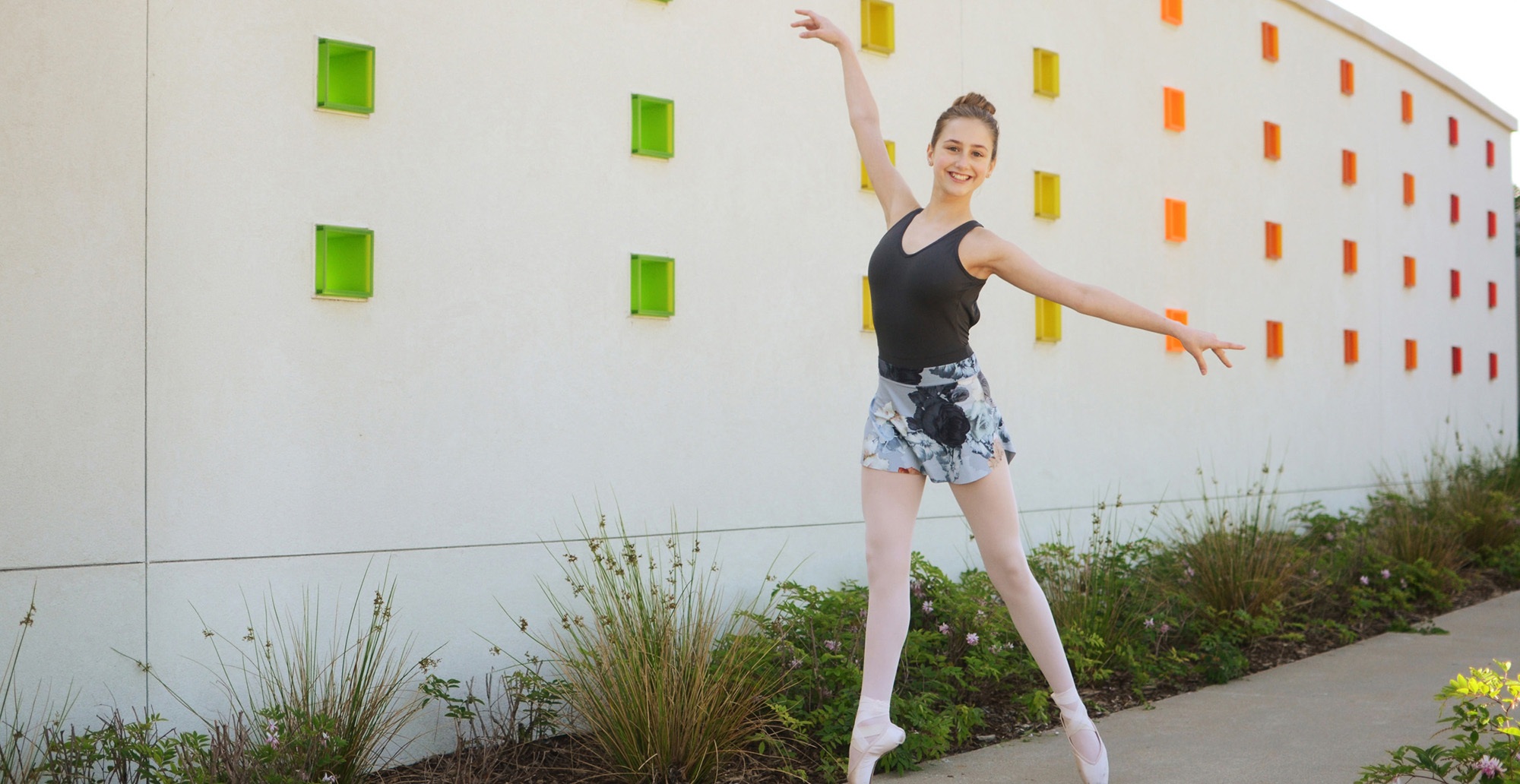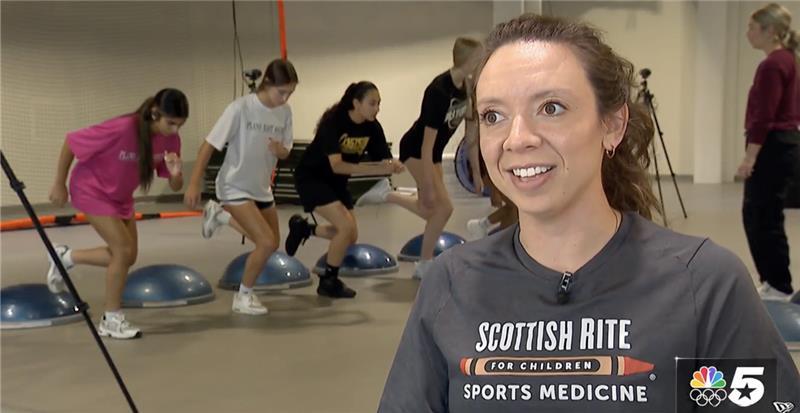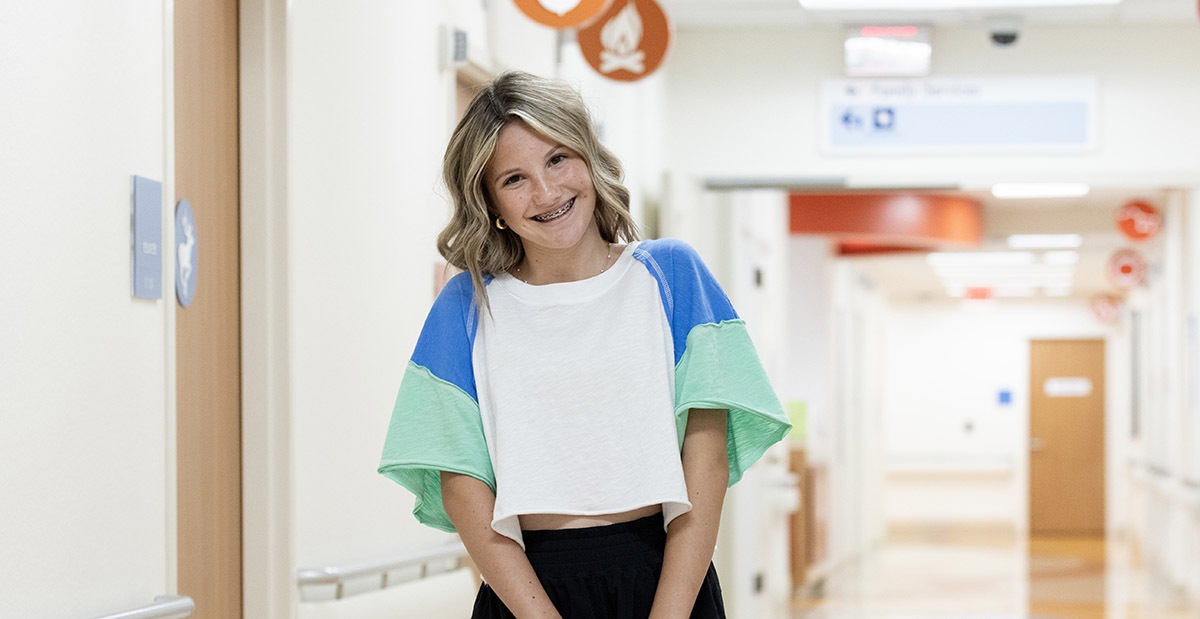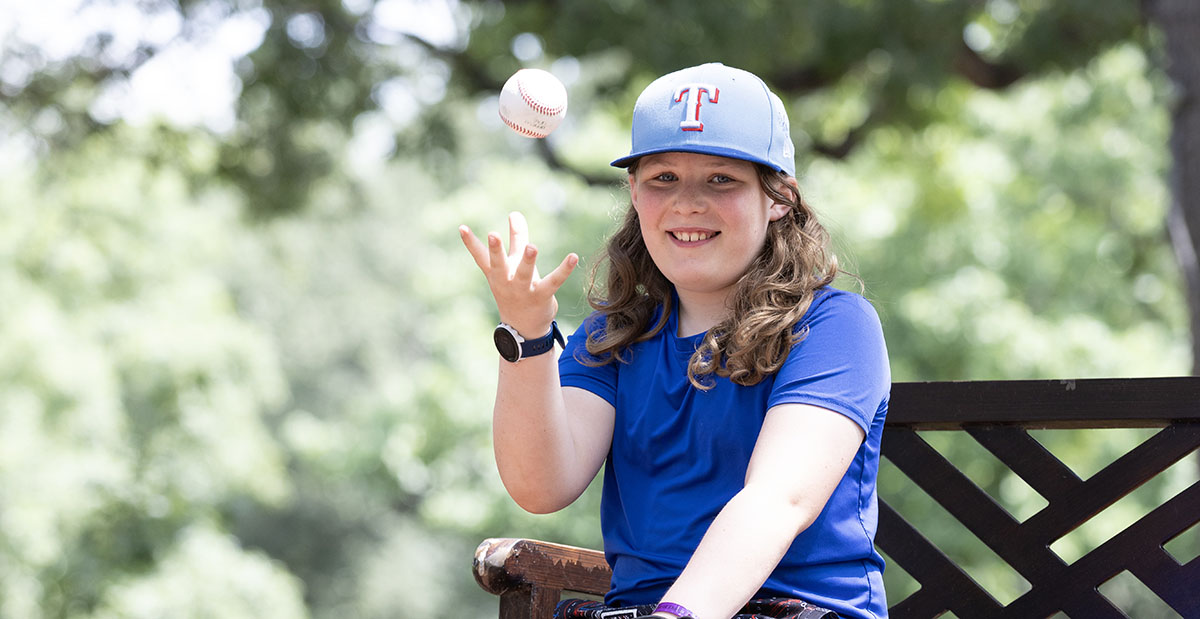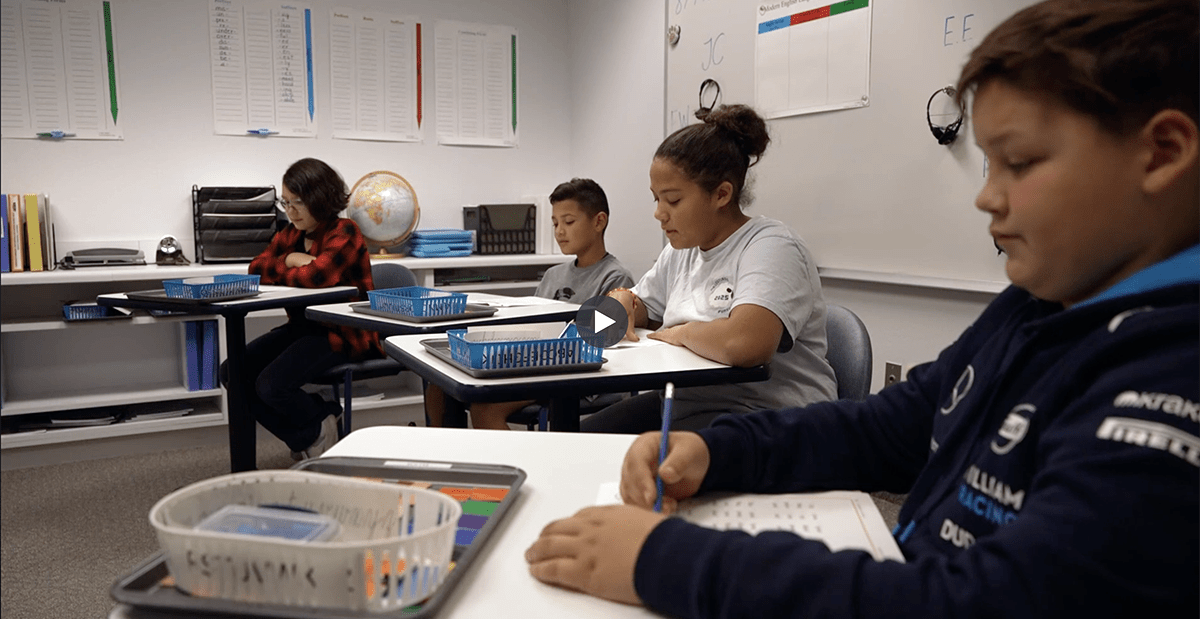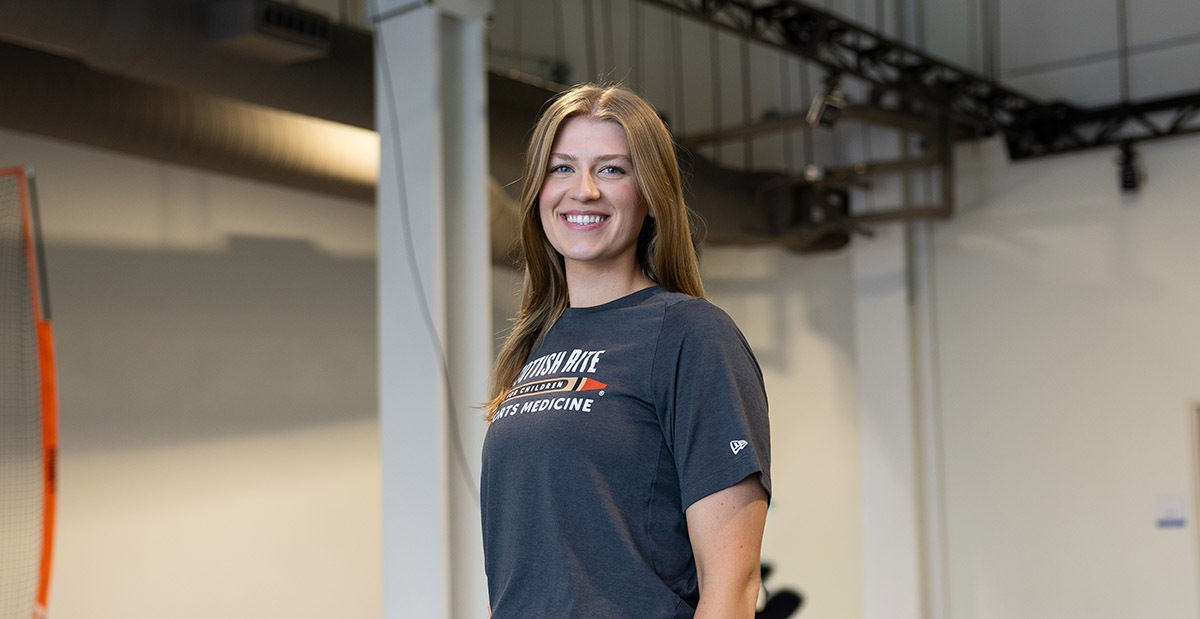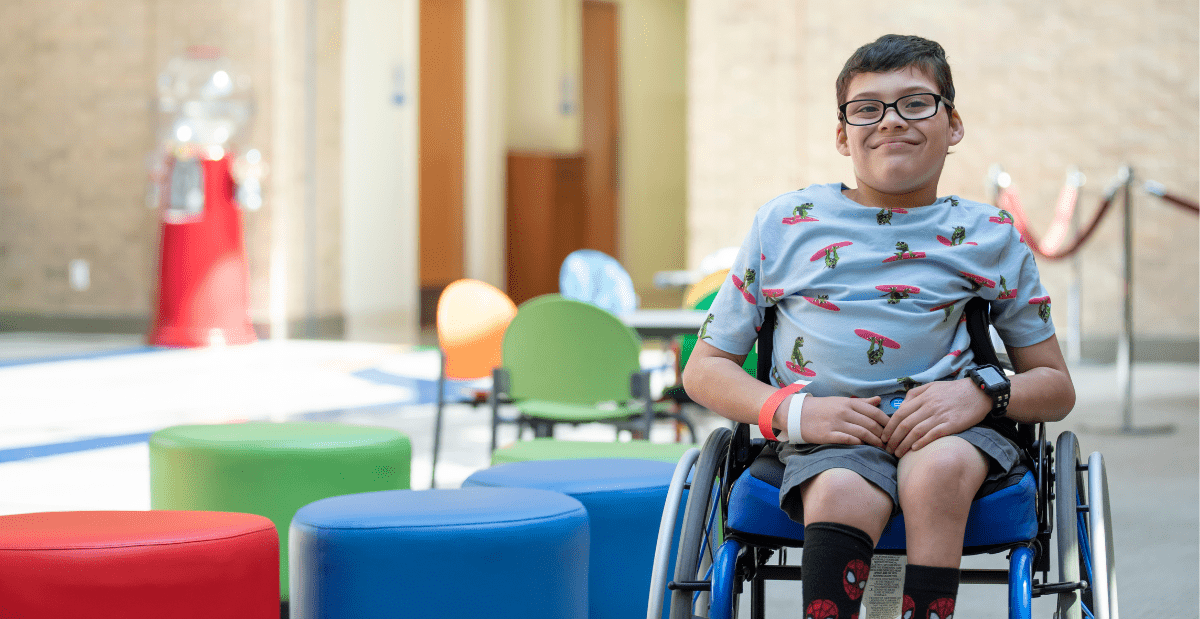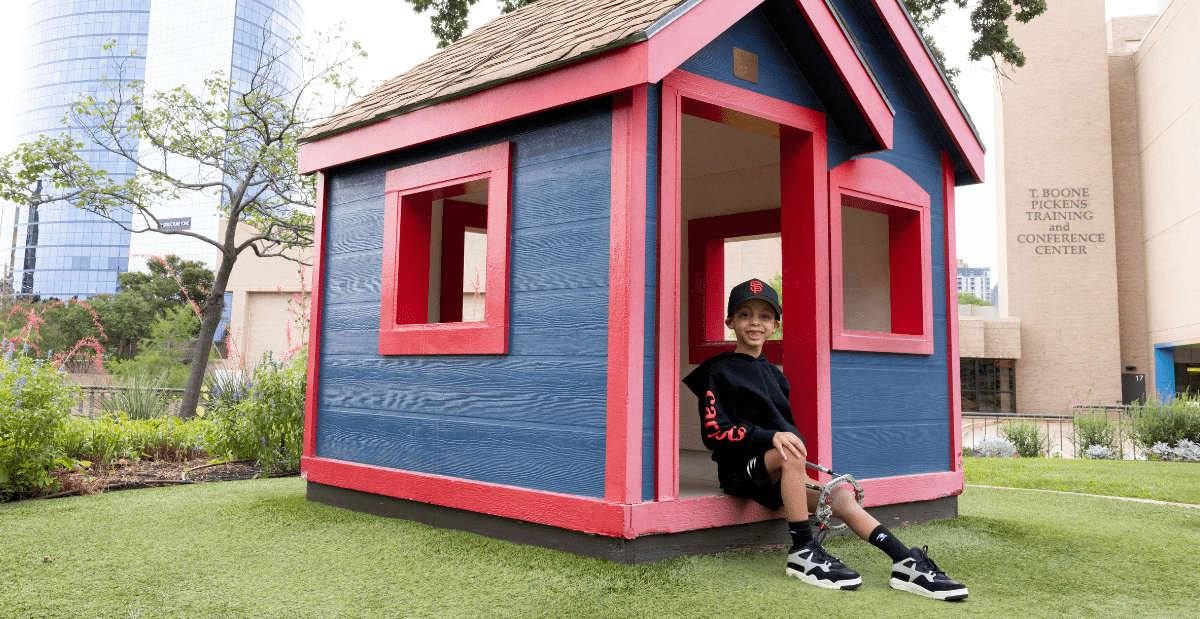A young ballet dancer who is committed to the art will eagerly await the opportunity to join more experienced dancers en pointe. Many factors should be considered before making the transition to training in pointe shoes. Parents and instructors should take this decision seriously and guide young dancers. However, Scottish Rite for Children’s researchers suggest not all instructors are familiar with common objective tests that can be used to aid in this decision.
The Scottish Rite Movement Science team surveyed 31 ballet instructors representing 15 states and one other country. The instructors reported using the following factors to decide when a ballet dancer was ready to transition:
- Strength (100%)
- Dance technique (94%)
- Age (87%)
- Years of ballet experience (71%)
In a 2024 study, published in the Journal of Dance Medicine, lead biomechanist in the Scottish Rite for Children Movement Science Lab Ashley Erdman, B.S., M.B.A., and other researchers found that, while strength, dance technique and age were the top considerations for evaluating readiness, approximately 40% of instructors did not evaluate flexibility or movement quality prior to progressing to pointe. Overall, their knowledge of existing criteria was low.
The instructors acknowledged they were not familiar with accepted criteria, such as range of motion, endurance and balance performance thresholds. They were also not familiar with strategies or tests to assess these factors.
Performing en pointe is difficult if the dancer does not have the flexibility, strength, experience and control that are needed in an elevated position. Erdman states there are published and accepted criteria for pointe readiness that could be used and encourages parents to talk with dance instructors early in the decision-making process.
Watch this video to learn how to assess your ballerina’s strength and stability when considering a transition to pointe work.


